from 0 review
10 Days / 9 Nights
Guided Safari Tour
Tiger
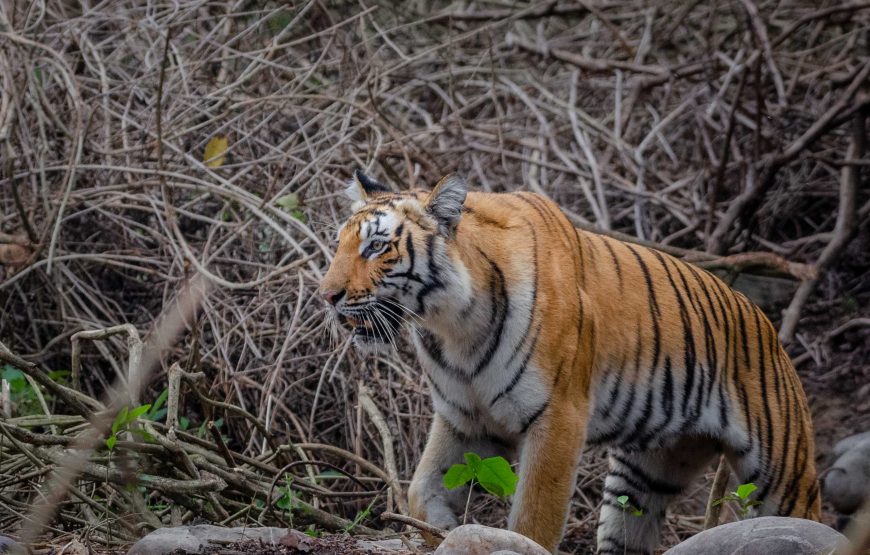
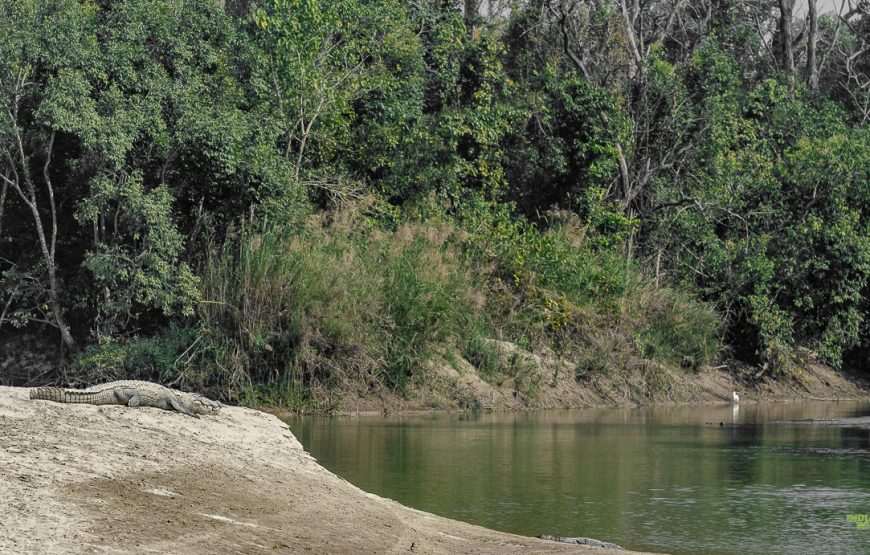
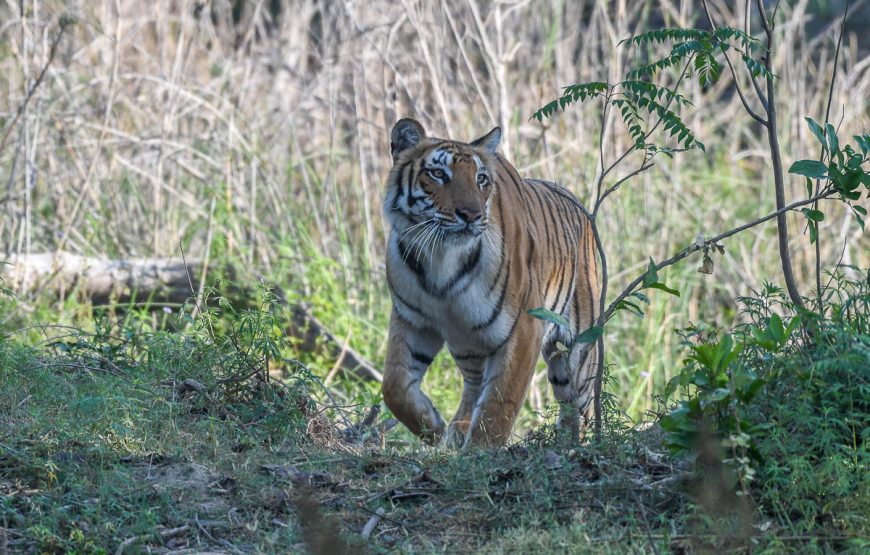
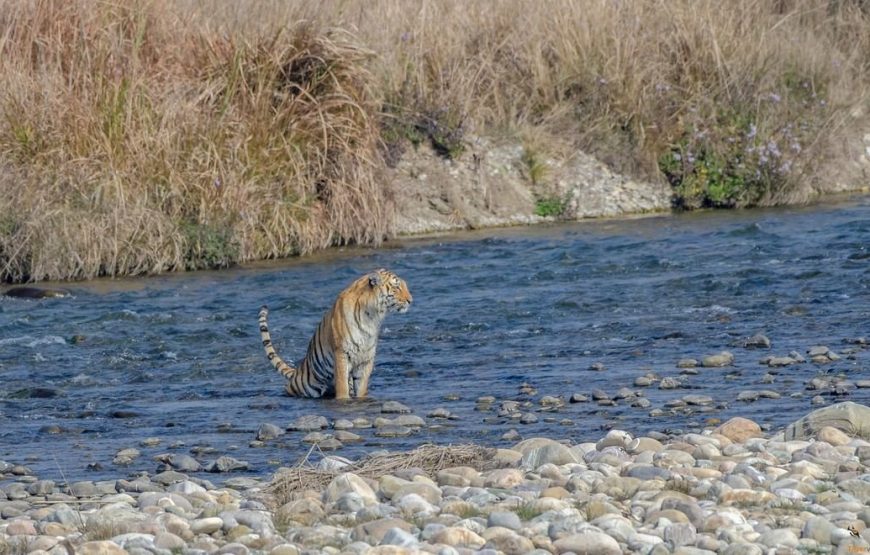
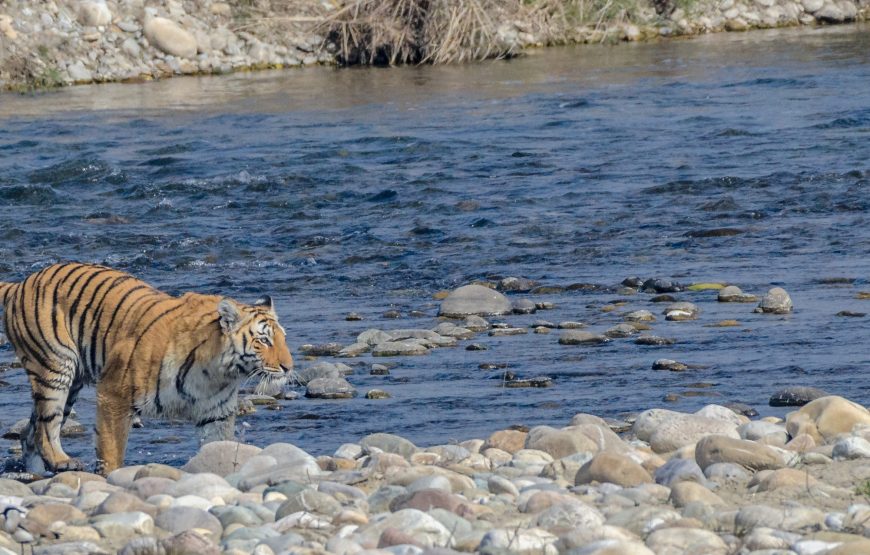
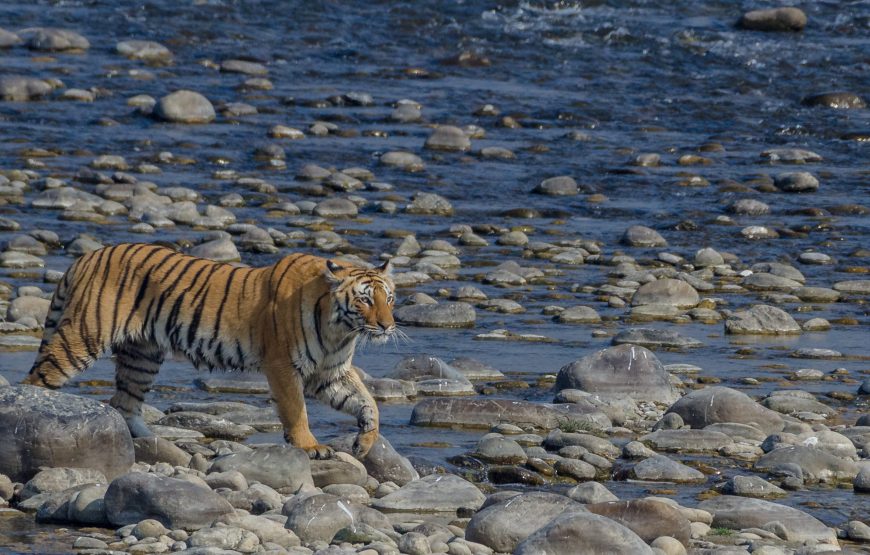
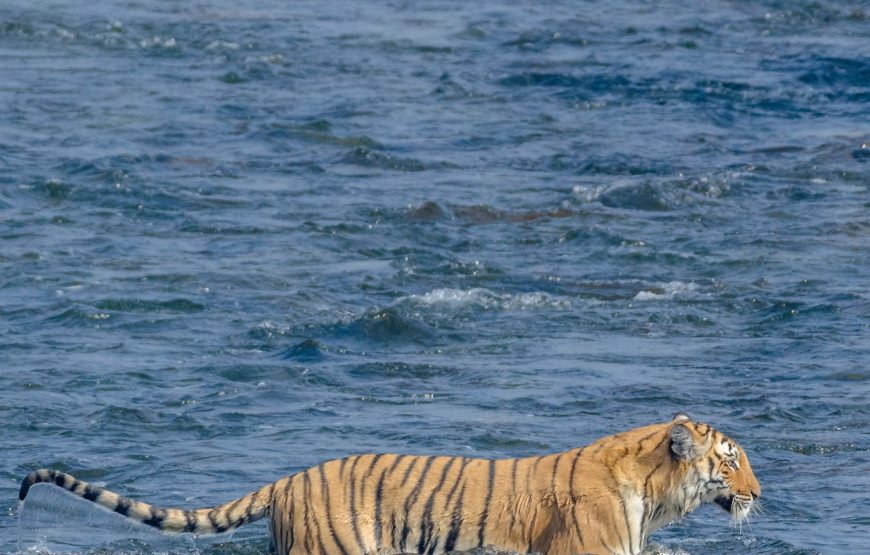
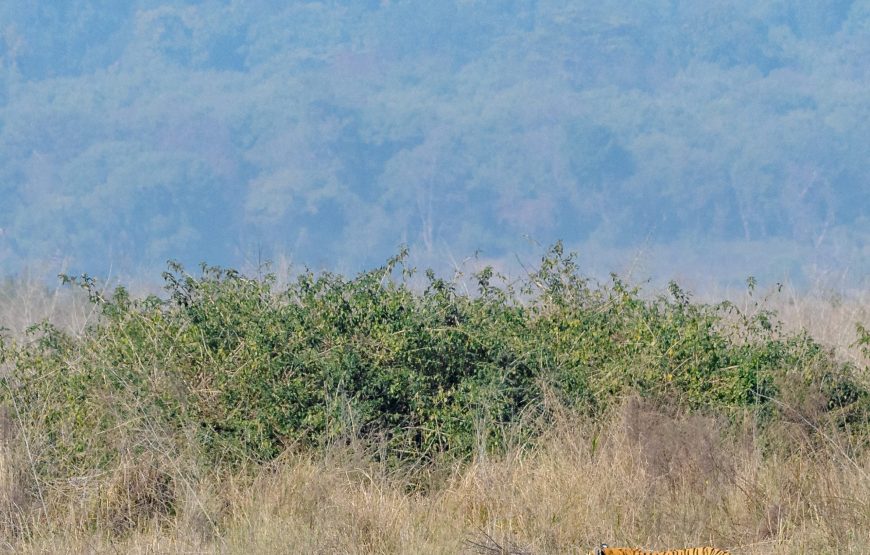
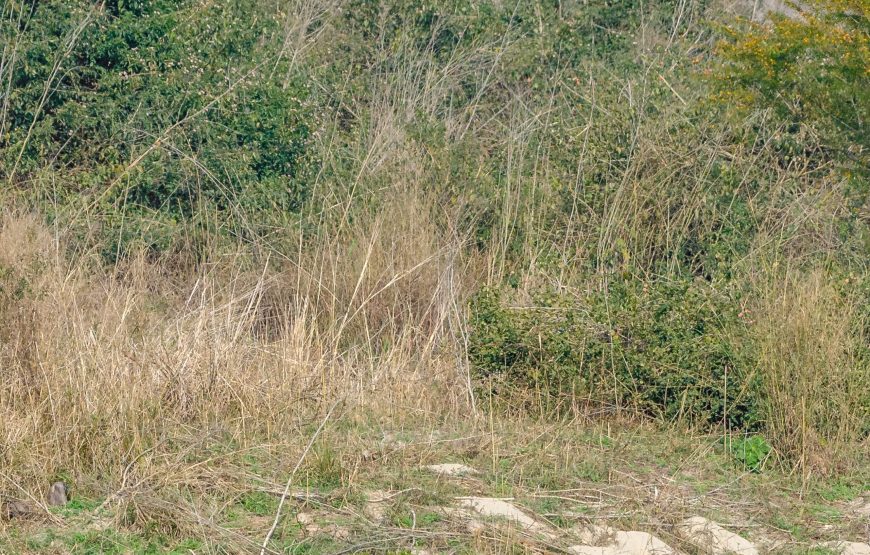
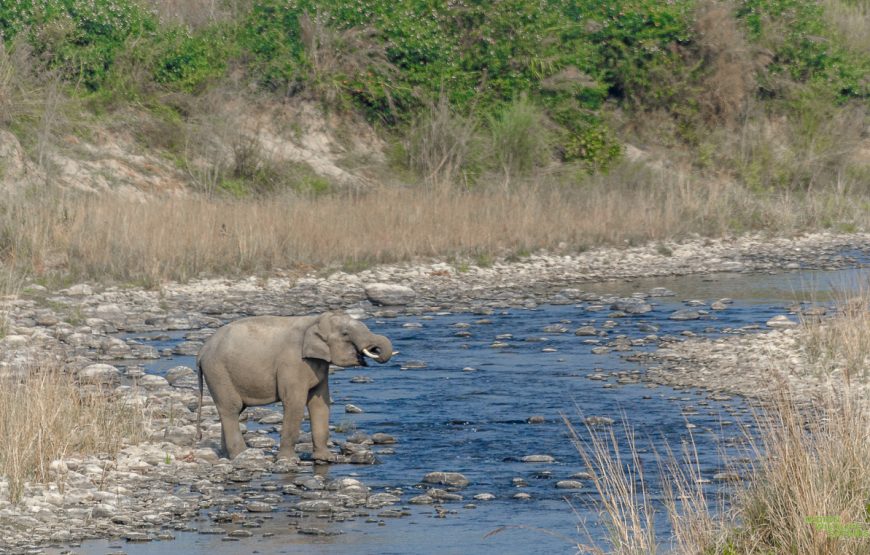
The terai or tarai is a lowland region in southern Nepal and northern India that lies south of the outer foothills of the Himalayas, and north of the Indo-Gangetic plains. This lowland belt is characterised by tall grasslands, scrub savannah, sal forests and clay rich swamps. The terai region is very fertile and is bustling with life and activity, both human and wild. The Tarai zone has some of the very beautiful protected forests of India and well as Nepal, and some of the most unique wildlife as well! The parks we are going to cover in this trip are Jim Corbett Tiger Reserve and Dudhwa Tiger Reserve. The former is one of the well known parks in this park of the world, while the latter is upcoming and very promising. The trip will start from the national capital of Delhi, where you will meet your IWS Guide, who will accompany you for the rest of your trip to ensure you have a smooth and hassle-free travel experience. After spending a day exploring Delhi, you will board your taxi early in the morning and start your long drive northeast, to Jim Corbett Tiger Reserve. You will reach there around lunch time, when you’ll check into your resort, freshen-up and have lunch. After that you will be heading out to your first of the many game drives to come. The following few days, you can expect to see the beautiful Corbett landscape and the magnificent wilderness it houses. From tigers, to Asian elephants, you’ll see some gorgeous wildlife and countless birds here. After your days at Jim Corbett, you will drive to Dudhwa Tiger Reserve, where your second half of the safaris will be booked. The landscape would be somewhat similar to Corbett’s, since the topography is still the same, locally called terai. You have just move southwest on the terai arc. The one new specie you are going to encounter here is the great Indian one-horned rhinos, which in March of 1984, were reintroduced into Dudhwa from the Indian state of Assam. After completing some soul filling days in this virgin forest, we will drive back to Delhi, where your terai adventure will come to an end after some days of wild wandering and exploring the pristine foothills of Himalaya.